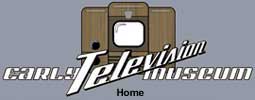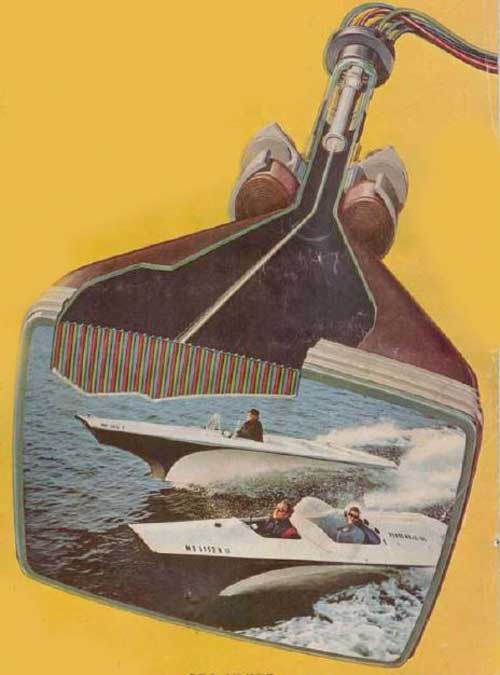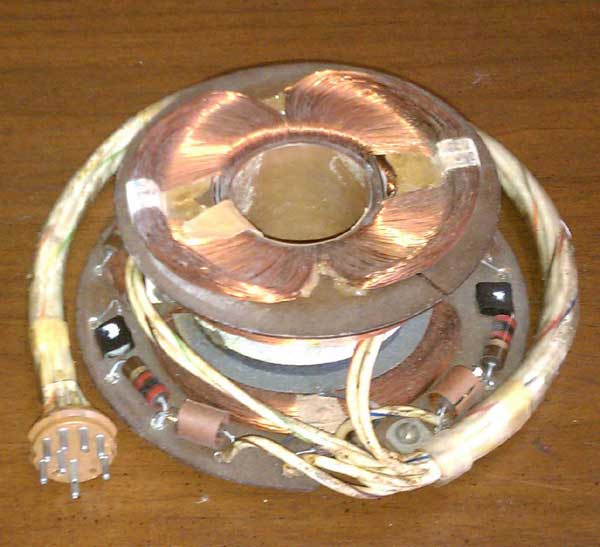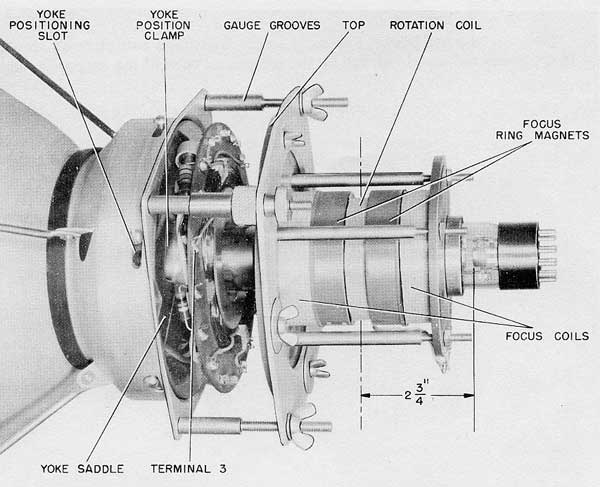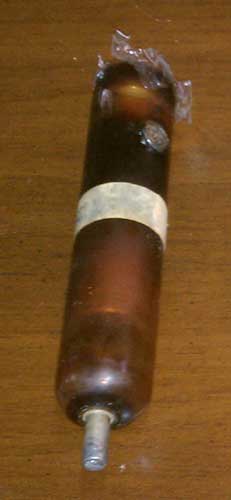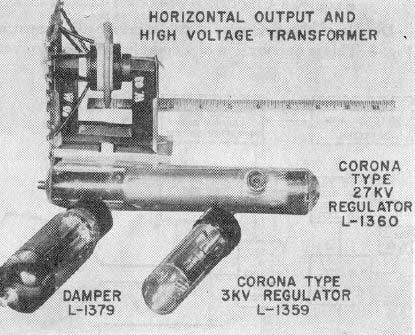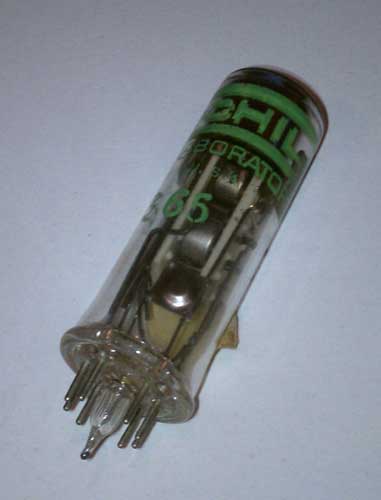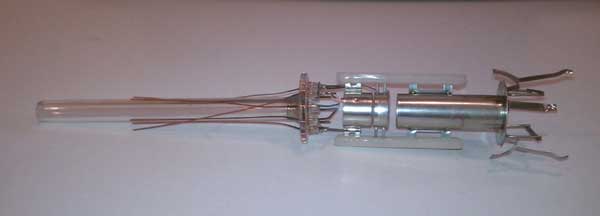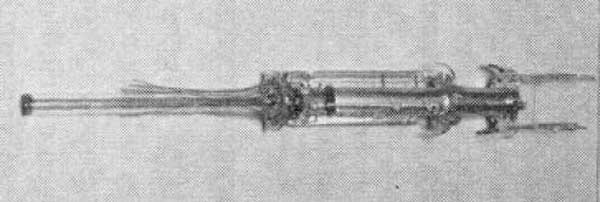|
xxxxxxxxxxxxxxxxxxxxxxx xxxxxxxxxxxxxxxxxxxxxxxxxxxxxx xxxxxxxxxxxxxxxxxxxxxxxx xxxxxxxxxxxxxxxxxxxxxxxxxxxxx xxxxxxxxxxxxxxxxxxxxxxxxxxxxxx xxxxxxxxxxxxxxxxxxxxx xxxxxxxxxxxxxxx xxxxxxxxxxxxxxxxxx xxxxxxxxxxxxxxxxxxxxxxxxxxxxxxxxxxxxxxxxxxx xxxxxxxxxxxxxxxxxxxxxxxxxxxxxx xxxxxxxxxxxxxxxxxxxxxxxx xxxxxxxxxxxxxxxxxxxxxxxxxxxxx xxxxxxxxxxxxxxxxxxxxxxxxxxxxxx xxxxxxxxxxxxxxxxxxxxx xxxxxxxxxxxxxxx xxxxxxxxxxxxxxxxxx xxxxxxxxxxxxxxxxxxxxxxxxxxxxxxxxxxxxxxxxxxx xxxxxxxxxxxxxxxxxxxxxxxxxxxxxx xxxxxxxxxxxxxxxxxxxxxxxx xxxxxxxxxxxxxxxxxxxxxxxxxxxxx xxxxxxxxxxxxxxxxxxxxxxxxxxxxxx xxxxxxxxxxxxxxxxxxxxx xxxxxxxxxxxxxxx xxxxxxxxxxxxxxxxxx xxxxxxxxxxxxxxxxxxxxxxxxxxxxxxxxxxxxxxxxxxx xxxxxxxxxxxxxxxxxxxxxxxxxxxxxx xxxxxxxxxxxxxxxxxxxxxxxx xxxxxxxxxxxxxxxxxxxxxxxxxxxxx xxxxxxxxxxxxxxxxxxxxxxxxxxxxxx xxxxxxxxxxxxxxxxxxxxx xxxxxxxxxxxxxxx xxxxxxxxxxxxxxxxxx xxxxxxxxxxxxxxxxxxxxxxxxxxxxxxxxxxxxxxxxxxx xxxxxxxxxxxxxxxxxxxxxxxxxxxxxx xxxxxxxxxxxxxxxxxxxxxxxx xxxxxxxxxxxxxxxxxxxxxxxxxxxxx xxxxxxxxxxxxxxxxxxxxxxxxxxxxxx xxxxxxxxxxxxxxxxxxxxx xxxxxxxxxxxxxxx xxxxxxxxxxxxxxxxxx xxxxxxxxxxxxxxxxxxxxxxxxxxxxxxxxxxxxxxxxxxx xxxxxxxxxxxxxxxxxxxxxxxxxxxxxx xxxxxxxxxxxxxxxxxxxxxxxx xxxxxxxxxxxxxxxxxxxxxxxxxxxxx xxxxxxxxxxxxxxxxxxxxxxxxxxxxxx xxxxxxxxxxxxxxxxxxxxx xxxxxxxxxxxxxxx xxxxxxxxxxxxxxxxxx xxxxxxxxxxxxxxxxxxxxxxxxxxxxxxxxxxxxxxxxxxx xxxxxxxxxxxxxxxxxxxxxxxxxxxxxx xxxxxxxxxxxxxxxxxxxxxxxx xxxxxxxxxxxxxxxxxxxxxxxxxxxxx xxxxxxxxxxxxxxxxxxxxxxxxxxxxxx xxxxxxxxxxxxxxxxxxxxx xxxxxxxxxxxxxxx xxxxxxxxxxxxxxxxxx xxxxxxxxxxxxxxxxxxxxxxxxxxxxxxxxxxxxxxxxxxx xxxxxxxxxxxxxxxxxxxxxxxxxxxxxx xxxxxxxxxxxxxxxxxxxxxxxx xxxxxxxxxxxxxxxxxxxxxxxxxxxxx xxxxxxxxxxxxxxxxxxxxxxxxxxxxxx xxxxxxxxxxxxxxxxxxxxx xxxxxxxxxxxxxxx xxxxxxxxxxxxxxxxxx xxxxxxxxxxxxxxxxxxxxxxxxxxxxxxxxxxxxxxxxxxx xxxxxxxxxxxxxxxxxxxxxxxxxxxxxx xxxxxxxxxxxxxxxxxxxxxxxx xxxxxxxxxxxxxxxxxxxxxxxxxxxxx xxxxxxxxxxxxxxxxxxxxxxxxxxxxxx xxxxxxxxxxxxxxxxxxxxx xxxxxxxxxxxxxxx xxxxxxxxxxxxxxxxxx xxxxxxxxxxxxxxxxxxxxxxxxxxxxxxxxxxxxxxxxxxx xxxxxxxxxxxxxxxxxxxxxxxxxxxxxx xxxxxxxxxxxxxxxxxxxxxxxx xxxxxxxxxxxxxxxxxxxxxxxxxxxxx xxxxxxxxxxxxxxxxxxxxxxxxxxxxxx xxxxxxxxxxxxxxxxxxxxx xxxxxxxxxxxxxxx xxxxxxxxxxxxxxxxxx xxxxxxxxxxxxxxxxxxxxxxxxxxxxxxxxxxxxxxxxxxx xxxxxxxxxxxxxxxxxxxxxxxxxxxxxx xxxxxxxxxxxxxxxxxxxxxxxx xxxxxxxxxxxxxxxxxxxxxxxxxxxxx xxxxxxxxxxxxxxxxxxxxxxxxxxxxxx xxxxxxxxxxxxxxxxxxxxx xxxxxxxxxxxxxxx xxxxxxxxxxxxxxxxxx xxxxxxxxxxxxxxxxxxxxxxxxxxxxxxxxxxxxxxxxxxx xxxxxxxxxxxxxxxxxxxxxxxxxxxxxx xxxxxxxxxxxxxxxxxxxxxxxx xxxxxxxxxxxxxxxxxxxxxxxxxxxxx xxxxxxxxxxxxxxxxxxxxxxxxxxxxxx xxxxxxxxxxxxxxxxxxxxx xxxxxxxxxxxxxxx xxxxxxxxxxxxxxxxxx xxxxxxxxxxxxxxxxxxxxxxxxxxxxxxxxxxxxxxxxxxx xxxxxxxxxxxxxxxxxxxxxxxxxxxxxx xxxxxxxxxxxxxxxxxxxxxxxx xxxxxxxxxxxxxxxxxxxxxxxxxxxxx xxxxxxxxxxxxxxxxxxxxxxxxxxxxxx xxxxxxxxxxxxxxxxxxxxx xxxxxxxxxxxxxxx xxxxxxxxxxxxxxxxxx xxxxxxxxxxxxxxxxxxxxxxxxxxxxxxxxxxxxxxxxxxx xxxxxxxxxxxxxxxxxxxxxxxxxxxxxx xxxxxxxxxxxxxxxxxxxxxxxx xxxxxxxxxxxxxxxxxxxxxxxxxxxxx xxxxxxxxxxxxxxxxxxxxxxxxxxxxxx xxxxxxxxxxxxxxxxxxxxx xxxxxxxxxxxxxxx xxxxxxxxxxxxxxxxxx xxxxxxxxxxxxxxxxxxxxxxxxxxxxxxxxxxxxxxxxxxx xxxxxxxxxxxxxxxxxxxxxxxxxxxxxx xxxxxxxxxxxxxxxxxxxxxxxx xxxxxxxxxxxxxxxxxxxxxxxxxxxxx xxxxxxxxxxxxxxxxxxxxxxxxxxxxxx xxxxxxxxxxxxxxxxxxxxx xxxxxxxxxxxxxxx xxxxxxxxxxxxxxxxxx xxxxxxxxxxxxxxxxxxxxxxxxxxxxxxxxxxxxxxxxxxx xxxxxxxxxxxxxxxxxxxxxxxxxxxxxx xxxxxxxxxxxxxxxxxxxxxxxx xxxxxxxxxxxxxxxxxxxxxxxxxxxxx xxxxxxxxxxxxxxxxxxxxxxxxxxxxxx xxxxxxxxxxxxxxxxxxxxx xxxxxxxxxxxxxxx xxxxxxxxxxxxxxxxxx xxxxxxxxxxxxxxxxxxx Early Color Television The Uniray Story
Popular Science, February 1972 In the early 50s Philco began development of the Apple CRT, a color tube with 300 sets of vertical color phosphor stripes arranged in "triplets". Each triplet contains a red, blue, and green vertical stripe. The triplets are scanned horizontally by a single beam of electrons from a single electron gun at the base of the tube. The Apple CRT uses a special system for keeping track of the location of the electron beam, so that of the proper color information is applied to the gun as the beam strikes each stripe along the line of scan. The tracking system used is a series of “index” stripes hidden from the viewer of the picture tube. As the beam scans the color triplets, these index stripes are hit with electrons. All color picture tubes have a thin layer of aluminum behind the red, blue, and green phosphors on face of the tube, and the index stripes are placed right behind this aluminum layer. Originally, in Philco’s Apple CRT used a second electron beam to illuminate the index stripes. When that beam passed over one of these index stripes, secondary emission resulted, which caused an increase current draw through the anode. These differences were used to generate pulses which triggered circuits that switched the color information sequentially so that the proper color video signal was fed to the electron gun as the beam swept across the appropriate stripe. In contrast to this system, a conventional color tube uses three electron beams, and each beam is aimed only at phosphors of a single color (red, blue, or green) to make the picture. In these conventional systems, the phosphors were often arranged in triangular groups, with each triangle having a red, a blue, and a green phosphor dot. In order to prevent any one of the beams from hitting phosphors of a different color, the conventional color tube uses a shadow mask, which is a regularly perforated metal shield, placed right behind the phosphor groups on the screen. The shadow mask has a tiny hole behind each phosphor group. Each of the three beams of electrons comes through the hole at a slightly different angle, so that one beam hits only red phosphors, another beam hits only blue phosphors, and yet another beam hits only green phosphors. Needless to say, this system requires very careful alignment of the three beams, and the shadow mask absorbs at least 2/3 of the electrons and CRT power, so the system is not very efficient. If the system is not aligned properly, the picture experiences color impurity. The advantages of the Apple color tube were no convergence problems (because only a single beam instead of three beams), potentially cheaper manufacturing cost, substantially lighter weight, and a much brighter picture (because no shadow mask). In 1956 Philco produced a few prototype sets. There were many problems with the original system, which, unfortunately, Philco was never able to solve. Another design that used vertical stripes was the Chromatron, which became the basis for the very successful Sony Trinitron. The Trinitron system uses 1 gun with 3 vertically aligned cathodes within a 1 gun structure. Because of the 1 gun, it uses only 1 large lens instead of 3 small lenses used in a conventional CRT of that era. The tube required a structure similar to a shadow mask, called an aperture grill to prevent electrons from one of the beams from hitting phosphors of the other two colors. (information courtesy of Marshall Wozniak) Many of the ideas for the Apple tube came from David Sunstein, who worked for Philco, though not in the division responsible for color television development. In 1955, Sunstein resigned from Philco, while continuing to feed more ideas to Philco for a revamped color television system using the index principle with a single beam. By 1957, the essentials of the revamped system, reflecting Sunstein’s ideas, were in place in a Philco prototype that worked well.The second electron gun was eliminated, and the index stripes became phosphor stripes that emitted UV light within the tube shell when struck by the same electron beam as made the color picture. A phototube mounted on the side of the picture tube picked up this light and created the synchronizing pulse for the color stripes. The index stripes were spaced so that there were three index stripes for every two color triplets (compared to one index stripe for each triplet in the oiginal Apple system), and in this way the index signal was stable regardless of the color content of the picture. This spacing Sunstein called “odd half harmonic” (OHH). Here is a paper in the journal New Scientist that describes Philco's final version of Apple. After 1958, Philco cut back its development activity on Apple and concentrated on finding partners to manufacture the set. Philco obtained three patents in Sunstein’s name for the revamped system, with the first filing made in 1956 (after Sunstein had left Philco). While Sunstein worked for Philco, he routinely assigned patent rights for his inventions to Philco, but he had never signed the typical agreement requiring employees to assign their patent rights. Sunstein refused to assign to Philco the patent rights to the OHH technology, because he disapproved of Philco’s approach to implementing the technology. In 1959, Philco filed suit against Sunstein in an attempt to make him assign to Philco all his OHH patents, and some other post-Philco patent rights.. In 1967, after learning that Philco had made licensing deals with RCA concerning OHH, Sunstein brought an antitrust action against Philco, and in 1968, after Ford took over Philco, they settled with Sunstein. Sunstein received the Philco prototype OHH television set and a spare CRT, along with rights to the three OHH patents, as part of the settlement. After the settlement, Sunstein made further improvements in the prototype OHH receiver, which he renamed Uniray. These improvements included a velocity modulation scheme, which he called Chromascan, that increased brighness of the picture, as well an arrangement that permitted better rendering of blacks, and a scheme that protected index processing circuits from high voltages used with the picture tube. For these inventions he obtained a series of patents. Sunstein worked on his design until the mid 70s, and attempted to interest manufacturers in building a receiver that used this new tube design. None were interested. He died in 1979. Though we don't have the Uniray set, there were some parts in the shipment from the Sunstein family that were probably used in the Apple or Uniray sets:
The deflection yoke. It uses a connector identical to that on the Philco TV-123 receiver, and is designed for a CRT with a 1 1/2 inch neck.
The Apple yoke, from a 1956 Philco paper Courtesy of Chuck Azzalina
| ||||
